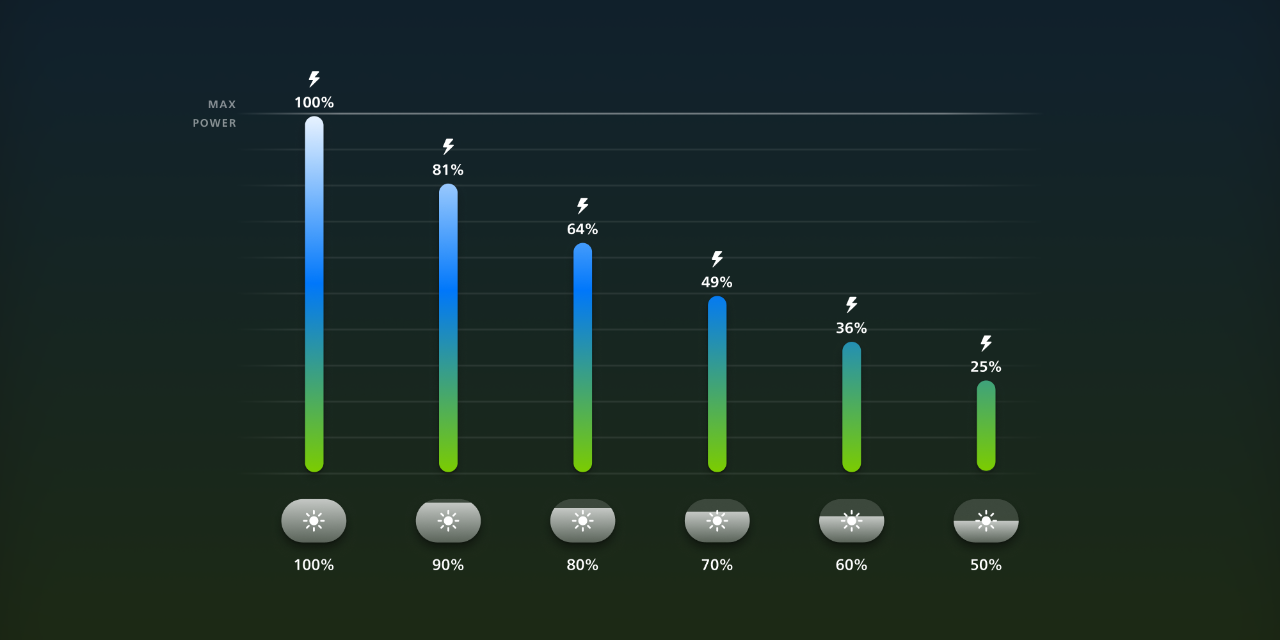November 14, 2022
Set the mood? Check. Immerse yourself in TV shows, movies, games, and music? Check. Save energy? Check!
We’ve always designed our Philips Hue smart lights with sustainability in mind — from long-lasting materials to plastic-free packaging. If you’re wondering just how to save energy at home with Philips Hue smart lighting, we conducted a study comparing various settings on White and color ambiance bulbs — and here are the results.¹






